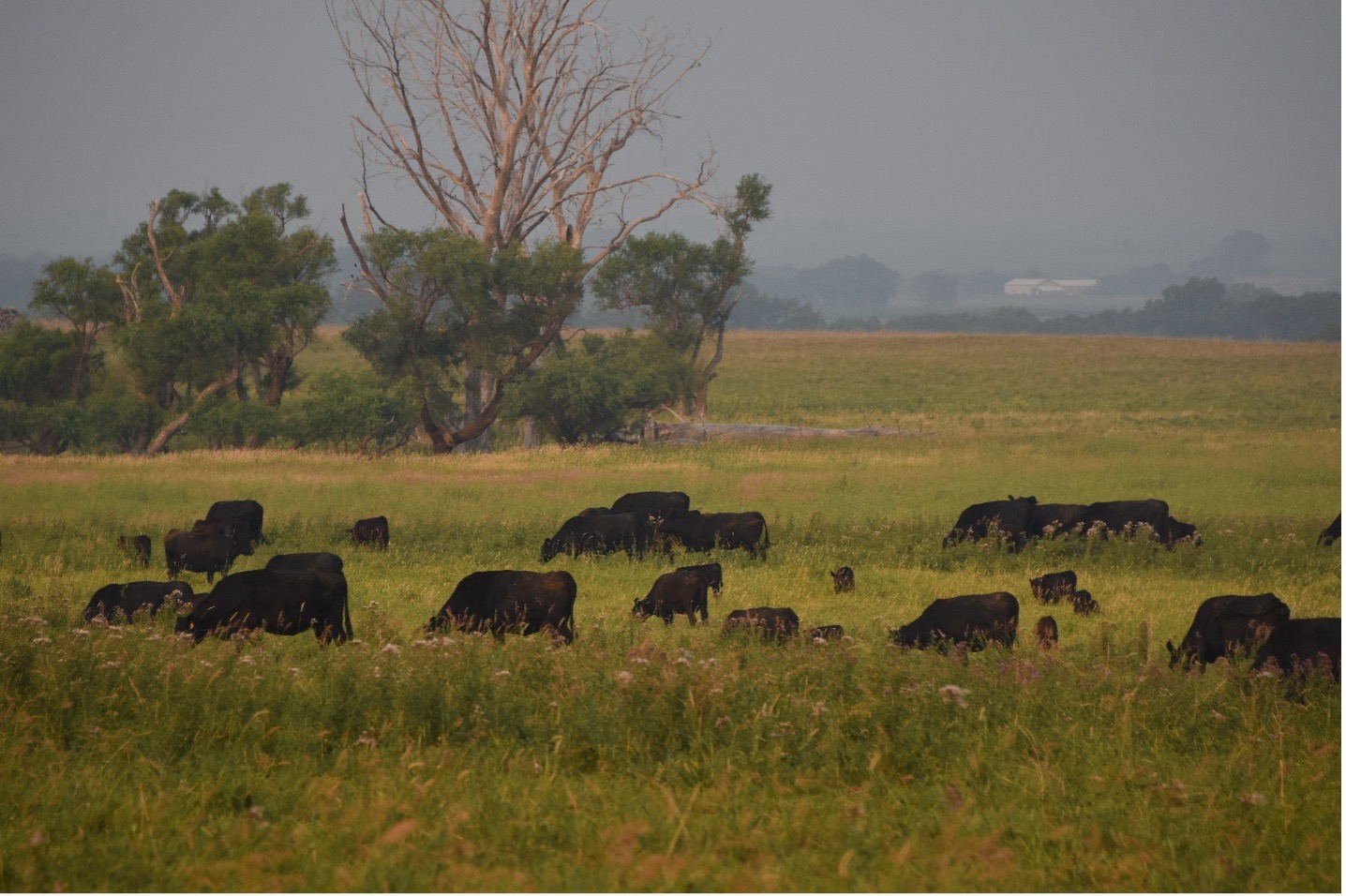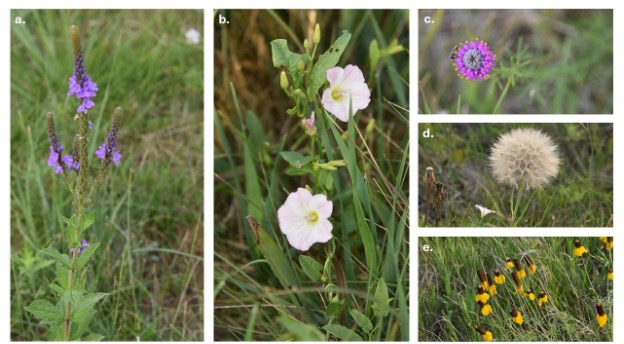The “Take-Half, Leave-Half” Fallacy: Why Soil Health Hinges on Forbs, Not Just Grass


For decades, the “take half, leave half” rule has guided grazing practices across the country. But according to John Kempf, regenerative agriculture expert, this rule may be holding back real progress in building soil organic matter. In his thought-provoking article, The Take-Half, Leave-Half Fallacy, Kempf dives into how plant physiology, not just grazing intensity, dictates soil health outcomes.
Why “Take Half, Leave Half” May Fall Short:
Many graziers who follow this rule have seen little to no progress in soil organic matter after decades of intensive rotational grazing. Why? Because different plant types allocate sugars produced via photosynthesis differently. These sugar allocation patterns have enormous implications for carbon storage, root development, and microbial activity.

Grasses vs. Forbs: A Tale of Two Root Systems:
Grasses are celebrated for their dense, fibrous roots, with a single rye plant’s root system stretching over a mile in length. However, Kempf points out that grasses send just 5% of their photosynthesized sugars into root exudates, the substances that directly feed soil microbes and build long-lasting organic matter. Most of a grass’s sugar goes into biomass (40%) and root mass (45%), which cycle back into the atmosphere relatively quickly.
Forbs, such as broadleaf non-legume plants like chicory, plantain, and dandelion, however, utilize a different strategy. While they produce less visible biomass, they allocate 35% of their sugars into root exudates. These exudates not only last longer in the soil (with over 90% becoming stable organic matter), but also foster stronger relationships with microbes, fungi, and protozoa. This makes forbs powerful soil builders!
Why It Matters:
Deeper roots = better soils
o Forbs and perennials send carbon far below the surface, increasing organic matter, water infiltration, and nutrient cycling.
Greater biodiversity = stability
o Moving beyond monoculture pastures helps farms resist drought, pests, and market volatility.
Long-term productivity
o Farms that focus on soil-building elements often enjoy healthier pastures and steadier yields over time.

Christine Jones’ Research on Carbon Stability:
Soil scientist Christine Jones found that:
• Only 10% of carbon in aboveground biomass stays in the soil long-term.
• Around 60% of root biomass carbon persists.
• But more than 90% of carbon from root exudates becomes stable organic matter that can last decades.
This highlights why merely increasing plant biomass isn’t enough to build soil. Increasing diversity and fostering plants like forbs, which produce abundant exudates, is a critical step to remember.
Grazing Strategy: Stress Grasses, Encourage Forbs
Kempf argues that consistent take-half, leave-half grazing favors grasses and suppresses forbs. Grasses regrow quickly due to their energy stores in roots. Forbs, which store energy in exudates, can’t compete under constant 50% grazing.

Instead, Kempf recommends periodically grazing grasses very hard, down to the dirt. Yes, this is a controversial statement to make, but it may be a necessary tool for some operations. Though this may reduce biomass and meat production for a season, it opens space for forbs to reestablish. The payoff comes in the years that follow: more diversity, higher forage nutrient density, and significantly more meat production per acre.
“The year after intensive grazing may appear to yield less forage. But in the following years, meat production per acre dramatically increases.”
Learning from Native Prairies
Drawing from conversations with Joel Salatin and historical observations, Kempf underscores that native prairies were dominated by forbs, not grasses. A healthy prairie system could contain over 1,600 plant species, with only 60 of them being grasses. Greater plant diversity leads to more diverse exudates and, in turn, a richer soil microbial community and a more resilient ecosystem.

Rethink Your Rotation:
To truly regenerate soils, producers must move beyond generic grazing formulas and start managing with plant physiology in mind. Forb-friendly practices and strategic, occasional intensive grazing can reset the pasture ecosystem, leading to healthier soils, more efficient forage-to-meat conversion, and greater resilience.
Read the full article by John Kempf here:
The Take-Half, Leave-Half Fallacy – Acres U.S.A.







